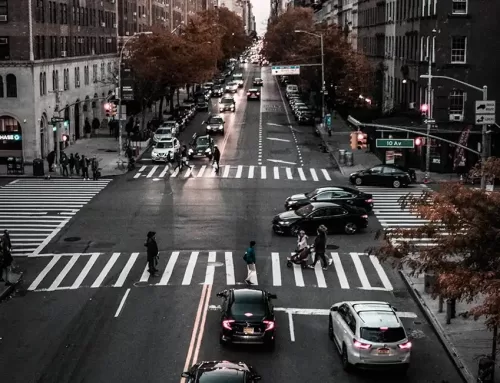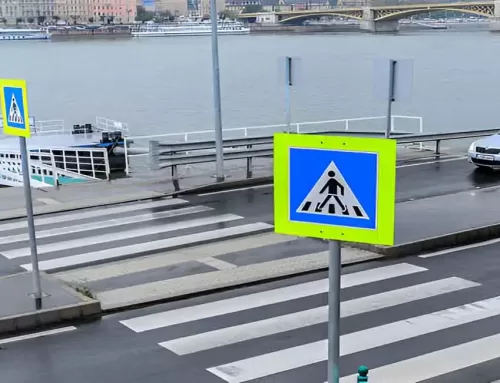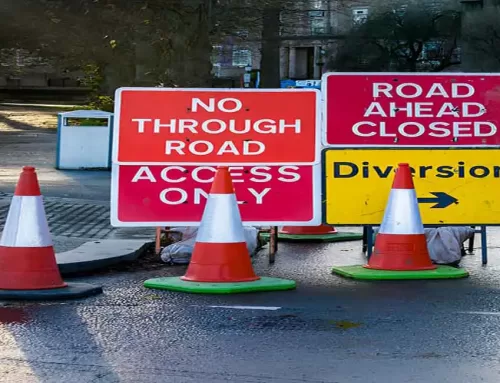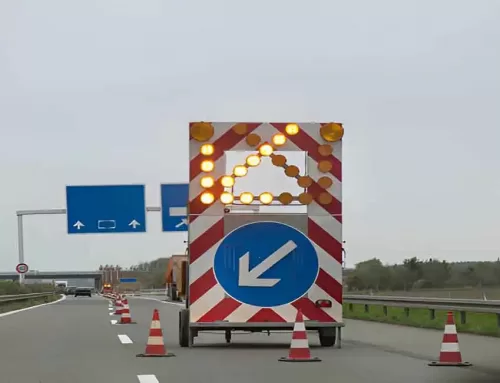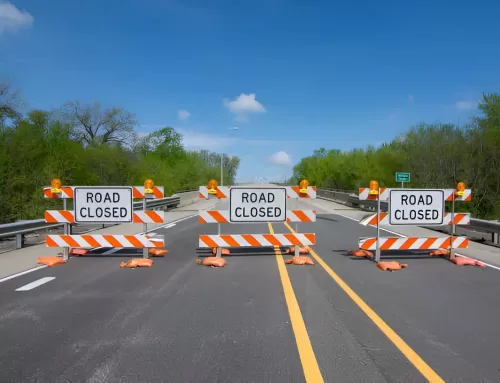What Are the Safety Rules on Road?
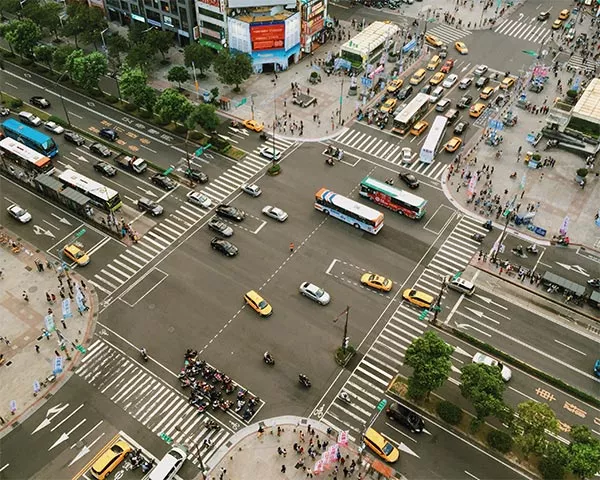
Children will follow their parent’s example and should be taught the importance of following the safety rules on the road. Young children should never be sent out alone. Make sure they travel with a group and avoid taking lonely routes or dark alleys. They should also be supervised at all times. Here are some rules for road safety:
Basic car safety rules
The basics of car safety include not assuming that other drivers will behave the same way as you. Stay alert at all times and always yield to other drivers. Be predictable and avoid rash driving and drinking alcohol. The rule of yielding is very important, especially if you see other drivers driving recklessly. It is also wise to err on the side of caution when judging the actions of other drivers. Listed below are some guidelines to follow on the road.
Always signal your intentions before performing a maneuver. The following distance is an important rule of thumb, but the amount can be vaguely defined in DMV handbooks. The rule of three seconds applies in both day and night driving. A car approaching you from behind should be at least three seconds ahead of it, unless it is clear that you will overtake it. During bad weather, you should double that time. Likewise, do not pass parked cars without turning your headlights on.
Turn signals
Several factors are involved in crashes, including the use of turn signals. One study looked at crashes involving two vehicles that assumed the other was turning. The study used data from the NHTSA’s State Data System to identify crashes involving make-models that changed their turn signal color or that were rear-ended. Both the number and severity of crashes were reduced when drivers in the rear of the lead vehicle used their turn signals.
Drivers should use turn signals whenever turning into another lane or changing lanes. While there is a common 30 to 100-foot rule for turning, it is best to signal sooner. By signaling earlier, you can move out of the way and allow other vehicles to prepare for the turn. While this might seem like a hassle, it is better for everyone. In some cases, drivers may even use a hand signal to make the turn.
Yield signs
Drivers need to understand Yield signs as part of road safety rules. Yield means to slow down, and the sign does not necessarily mean to stop. The signs are intended to help make driving less stressful. You should slow down when you see a yield sign, and you should avoid speeding up. It’s better to follow the rules of road safety than to speed up, as you could endanger the people behind you.
Yield signs are also used in other countries to warn of approaching vehicles. Yield is used in 16 countries; the vast majority of them prefer the alternative name, Give Way. Both signs indicate the same thing, but Give Way is easier for average drivers to understand and complies with. Yield signs are the same size, but are displayed in a slightly different way. In some jurisdictions, yield signs are regulated differently.
Obstruction of view
One of the rules of road safety is to not obstruct the view of oncoming vehicles. This rule does not apply to standing vehicles in the middle of the road. When passing, a standing vehicle must give a clear line of sight for 200 feet to the right and left of the stopped vehicle. The obstruction of view rule does not apply to safety devices placed on the windshield of vehicles used to transport solid waste and buses operated by transit authorities.
Speed limits
The purpose of speed limits is to protect other road users, especially pedestrians. At high speeds, a driver is more likely to lose control, or his brakes may fail suddenly. In addition to reducing crashes, drivers should follow traffic signs and observe speed limits. Failing to obey speed limits can lead to vehicle damage, bodily injury, or death. If you are driving a vehicle, you may want to consider vehicle insurance to protect yourself and your passengers.
There are many reasons to follow a speed limit, but the main one is to keep everyone safe. Speed limits can vary widely, depending on the neighborhood, the state, and even the city. In general, speed limits are set at the maximum speed that 85% of drivers would drive at without the limits. The speed limit is necessary for many reasons, including traffic flow and the safety of the driver, passenger, other drivers, bicyclists, and pedestrians.
